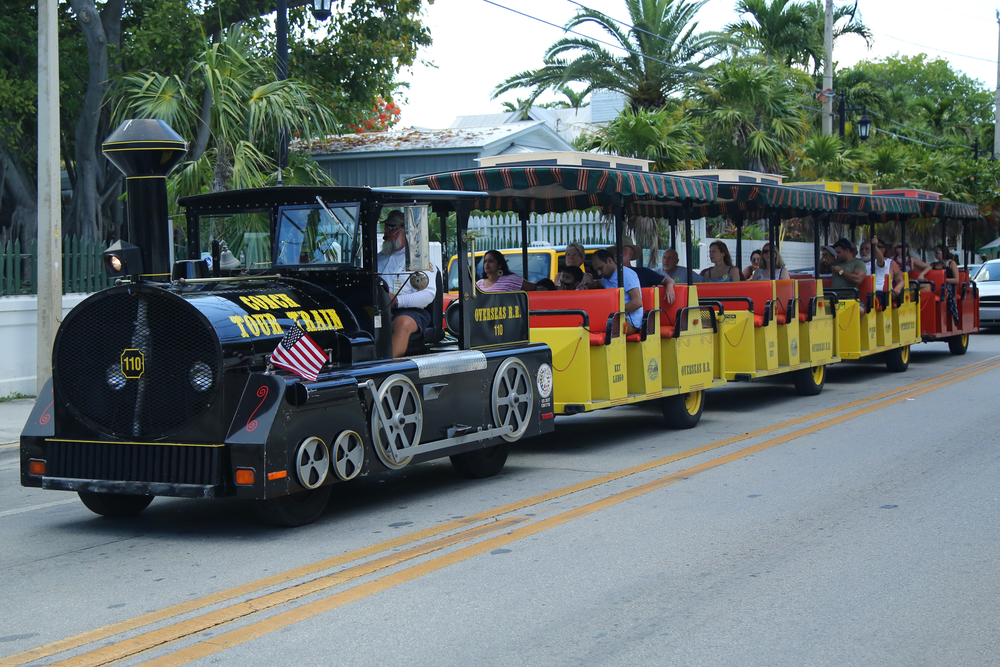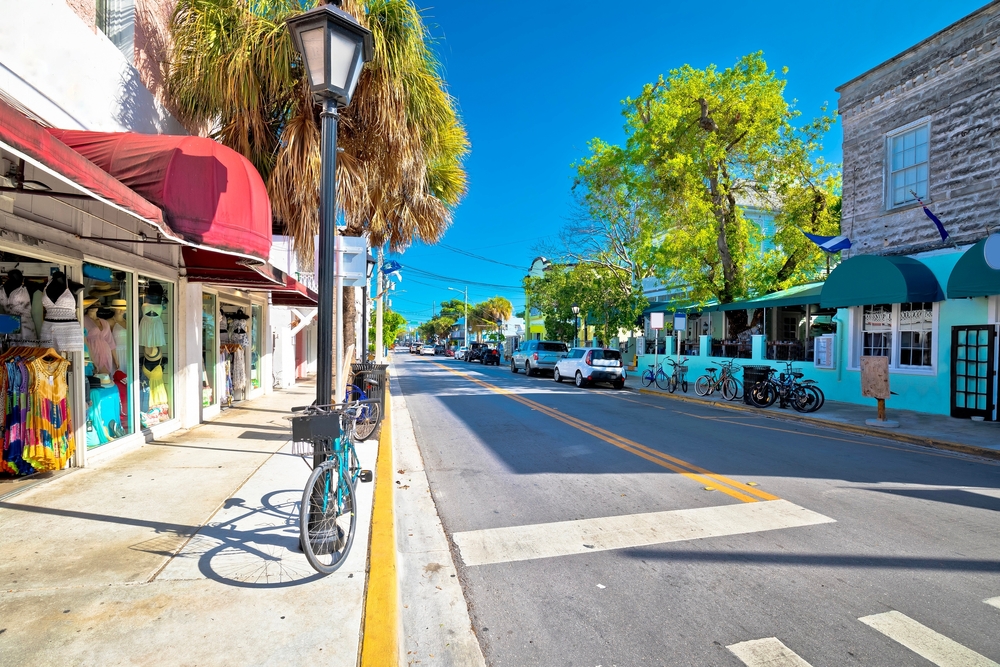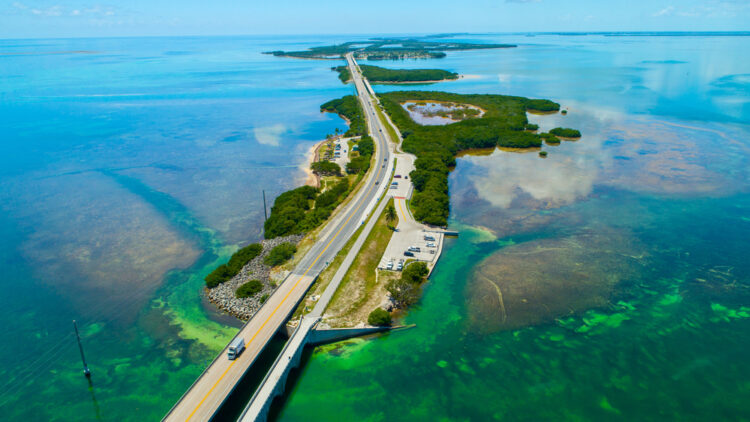The journey to Key West is almost as memorable as the destination itself. Driving the Overseas Highway (US Route 1) from mainland Florida feels like gliding across the ocean, with the Atlantic on one side and the Gulf of Mexico on the other. The 113-mile route from Miami crosses 42 bridges, including the magnificent Seven Mile Bridge, where turquoise waters stretch endlessly on. The drive typically takes about four hours, though many visitors choose to make frequent stops at other Keys along the way, each with its own distinct character.
Key West, “The Conch Republic”, is the southernmost city in the continental United States. Traveling there, you’re following a path that has drawn seekers, dreamers, and adventurers for centuries. Originally named “Cayo Hueso” (Bone Key) by Spanish explorers who found it littered with Native American remains, the island has been a haven for pirates, wreckers, cigar makers, and artists. Its strategic location made it one of the wealthiest cities per capita in the United States during the mid-1800s, when shipwrecks and salvage operations dominated the local economy.
The Conch Train
For first-time visitors, the Conch Tour Train offers an excellent introduction to the island’s rich history and current attractions. Operating since 1958, the black engine with yellow cars winds through the narrow streets of Old Town, while knowledgeable conductors share tales of the island’s colorful past. The 60-minute narrated tour passes by famous landmarks and hidden gems while knowledgeable tour guides provide insights into Key West’s architecture, culture, and local legends.

Mallory Square
No visit to Key West is complete without experiencing the nightly sunset celebration at Mallory Square. The tradition began in the 1960s and has evolved into a fascinating carnival of street performers, artists, and food vendors who gather two hours before sunset. As the sun begins its descent into the Gulf of Mexico, painting the sky in brilliant oranges and pinks, visitors and locals alike pause to applaud nature’s daily show. Watch for the famous “green flash” – a rare optical phenomenon that sometimes occurs just as the sun dips below the horizon.

The Ernest Hemmingway Legacy
The island’s most famous resident, Ernest Hemingway, left an indelible mark on Key West during his decade-long residence in the 1930s. His Spanish Colonial home at 907 Whitehead Street, now a museum, offers fascinating insight into the writer’s life. The house, built in 1851, still contains many of his personal belongings and is famously home to dozens of six-toed cats, descendants of his beloved pet Snow White. It was here that Hemingway wrote some of his most celebrated works, including “For Whom the Bell Tolls” and “The Snows of Kilimanjaro,” often writing in the early mornings before heading to his favorite watering holes, many of which still operate today.

The Truman Annex and the Little White House
Just down the street stands the Harry S. Truman Little White House, Florida’s only presidential museum. Originally built in 1890 as naval officers’ quarters, this unassuming building served as Truman’s winter White House during 11 working vacations. The 33rd president found both relaxation and inspiration here, making significant decisions including the Marshall Plan and the Truman Doctrine while enjoying Key West’s tropical climate. Today, visitors can tour the carefully preserved rooms, including the poker table where Truman often enjoyed evening games with his inner circle.

Surrounding the Little White House is the Truman Annex, once a naval station and now one of Key West’s most prestigious neighborhoods. This beautifully maintained community features elegant Victorian homes and perfectly manicured streets, offering a striking contrast to the more bohemian atmosphere of other parts of the island. The area’s military history dates back to 1823 when Commodore David Porter established a naval base to combat pirates in the Caribbean.
The island’s charm lies not just in its attractions but in its unique atmosphere – a blend of Caribbean ease and American history, where shoes are optional and time seems to slow down. The local motto, “One Human Family,” reflects the inclusive spirit that has long made Key West a refuge for artists, writers, and free spirits. Just remember – as locals will tell you with a knowing smile – Key West isn’t for everyone, and that’s exactly how they like it.


